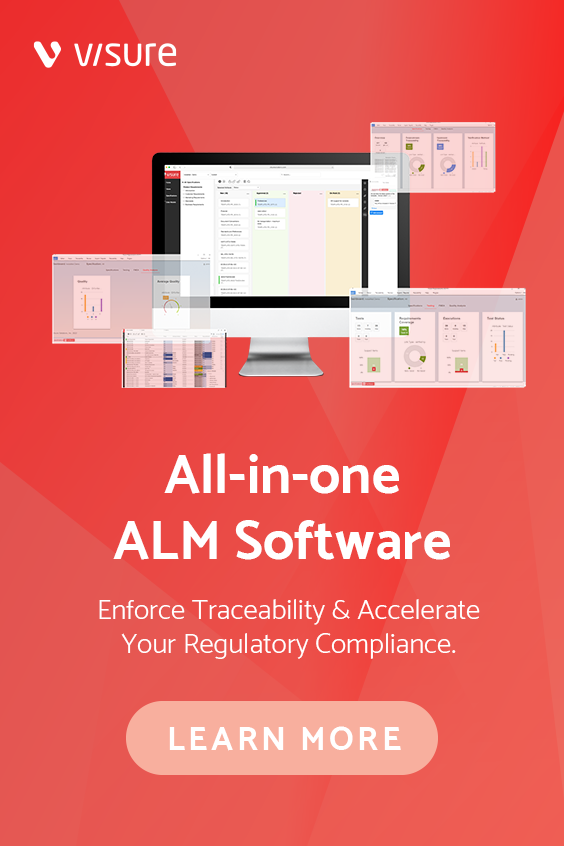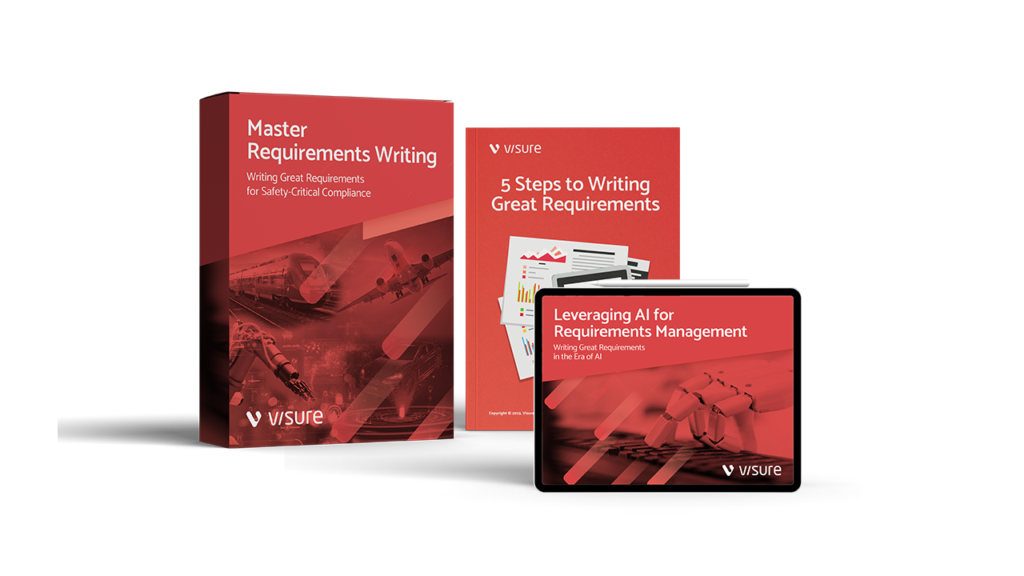The rapid advancements in Integrated Circuit (IC) design demand innovative solutions for managing complex requirements efficiently. As IC designs become more intricate, organizations are adopting AI-driven approaches to streamline the requirements management process. This shift empowers teams to enhance productivity, ensure accuracy, and maintain compliance with design specifications and industry standards.
This article explores how implementing an AI-driven requirements management approach can revolutionize the IC design process, offering insights into best practices, benefits, and essential tools.
What is Requirements Management for Integrated Circuit Design (IC Design)?
Requirements management is the backbone of successful IC design projects. It involves capturing, analyzing, validating, and tracking design specifications to ensure the final product meets all functional and non-functional requirements.
Effective requirements management ensures:
- Compliance with industry regulations.
- Clear communication between stakeholders.
- Reduced design errors and rework.
- Timely project delivery.
What is The Role of AI in Requirements Management?
Artificial Intelligence (AI) has transformed requirements management by automating routine tasks, enhancing traceability, and providing actionable insights.
Key AI capabilities in requirements management include:
- Automated Requirement Elicitation: AI tools can automatically capture and classify requirements from various sources.
- Requirement Validation: AI algorithms identify inconsistencies, ambiguities, and missing elements.
- Enhanced Traceability: AI ensures real-time traceability across the requirements lifecycle.
- Predictive Analytics: AI-driven analytics help forecast potential issues and optimize decision-making.
Benefits of AI-Driven Requirements Management for Integrated Circuit Design
Implementing an AI-driven approach to requirements management offers numerous advantages:
- Improved Accuracy: Automated requirement validation reduces human errors.
- Faster Time-to-Market: Streamlined processes enable quicker design iterations.
- Enhanced Collaboration: AI-powered tools facilitate communication among design teams and stakeholders.
- Compliance Assurance: AI ensures adherence to industry standards and regulations.
- Cost Efficiency: Reduced rework and optimized resource allocation lead to significant cost savings.
Best Practices for Implementing AI-Driven Requirements Management
- Define Clear Objectives – Establish clear goals for adopting AI in requirements management, such as improving traceability, reducing errors, or enhancing collaboration.
- Choose the Right Tools – Select AI-driven requirements management tools that offer features like automated traceability, requirement validation, and predictive analytics.
- Ensure Stakeholder Buy-In – Involve key stakeholders early in the implementation process to gain their support and ensure the solution meets their needs.
- Provide Training and Support – Equip your team with the necessary training to effectively use AI-driven tools.
- Monitor and Optimize – Continuously monitor the performance of the AI-driven approach and make adjustments as needed to optimize results.
Essential Tools To Streamline AI-Driven Requirements Management for Integrated Circuit Design
Several AI-powered tools can enhance requirements management for IC design projects:
- Visure Requirements ALM Platform: A comprehensive solution offering AI support for requirements capture, validation, and traceability.
- Electra IC: Provides advanced AI-driven features tailored for efficient IC design requirements management.
Challenges and Solutions
While AI-driven requirements management offers numerous benefits, organizations may face challenges during implementation:
- Data Quality Issues: Ensure high-quality data for accurate AI insights.
- Solution: Implement data cleansing processes.
- Resistance to Change: Teams may be hesitant to adopt new technologies.
- Solution: Provide comprehensive training and highlight the benefits of AI.
- Integration Complexities: Integrating AI tools with existing systems can be challenging.
- Solution: Choose tools with robust integration capabilities.
Conclusion
Adopting an AI-driven requirements management approach is essential for staying competitive in the dynamic field of IC design. By leveraging AI capabilities, organizations can enhance accuracy, improve collaboration, and accelerate time-to-market. Implementing best practices and choosing the right tools will ensure a seamless transition and long-term success.
Check Out The Joint Webinar
In this webinar, we’ll cover:
- AI Simplifying IC Design Complexity – Discover how AI helps manage complex requirements in IC design, streamlining tracking and updates throughout the lifecycle.
- Improved Requirements Traceability – Learn how AI tools enhance traceability by linking requirements to design specifications, tests, and other artifacts.
- Boosting Cross-Team Collaboration – See how AI fosters better collaboration between design, verification, and quality teams with real-time updates and insights.
- Automation for Efficiency – Explore how AI automates routine tasks, such as validation and document management, allowing engineers to focus on higher-value work.
- Implementation Strategies & Best Practices – Gain practical insights on successfully implementing AI-driven requirements management and best practices for maximizing its benefits.
Start transforming your IC design process today by embracing AI-driven requirements management and unlocking new levels of innovation and efficiency.


